‘Offers Over’, ‘Offers Around’ and ‘Fixed Price’ are the three main methods of pricing your house for sale in Scotland in today’s market. With every house sale being unique, the best pricing system for each property depends on a number of factors. Can we look at changes in the number of properties using these asking price ‘prefixes’ as a gauge of the current state of the property market? Yes we can! To find out more about why, read on.
What Was ‘Offers Over’ And Why Did Its Use Dwindle in the Past Few Years?
Before the credit crunch that affected the property market from 2008 onwards and that led to a crash in house prices, the most common method of pricing was ‘Offers Over’. Asking prices were set artificially low and properties were then sold for an average of 25-30% over the Offers Over price.
For Offers Over to work, there has to be competition between potential buyers. Without it, buyers just see the asking price figure, which often is considerably lower than the seller is hoping to achieve, and place bids around the numerical asking price. When competition is high, however, the fear of missing out drives buyers to bid against each other and pushes the selling price up.
Buyers let the selling estate agent know that they are interested in bidding on the property by submitting a ‘Note of Interest’ through their solicitor. There will very often be a ‘Closing Date’ too. This is a time and date where the multiple interested parties have to submit their offers, without any of the buyers knowing what the other one is bidding (similar to ‘sealed bids’ in England).
Two changes to the market in 2008 led to this approach no longer being the most common pricing strategy. The first was the house price crash that reduced buyer competition for properties. The second was the introduction of Home Reports in Scotland in late 2008.
So, what has the approach been in the last few years, after ‘Offers Over’ died a bit of a death? Why are we seeing ‘Offers Over’ creeping back into the property market again? And what does this say about the condition of the current property market?
A Return to ‘Fixed Price’ Post-Market Crash
As the market slowed and then crashed in 2008, the ‘Fixed Price’ method became a more realistic way of listing properties: you just told the potential buyer what you were prepared to sell for and hoped that someone would come along and buy it at that price. In reality, it produced an ‘Offers Under’ type of system. Because property prices were reported to be falling, buyers hedged their bets and bid below the asking price, with sellers then setting it at an optimistic level, allowing for the fact that buyers would probably bid a bit less than the asking price as a default position anyway.
This simplified the process for the buyer somewhat, as the bidding war situation involving a closing date with multiple offers was no longer the norm. Rather the price would be set, and the first potential buyer to offer this amount would be successful in their offer. Indeed, often the first person to offer anything close to the asking price would be successful.
The introduction of ‘Offers Around’ Post-Introduction of Home Reports in December 2008
‘Offers Around’ is a solution that lies somewhere between Fixed Price and Offers Over. It allows the seller to give an indication of the amount that they expect to get for the property, similar to Fixed Price. However, where there is significant interest in the property, it still gives the seller the flexibility to set a Closing Date and for multiple offers to be considered. It’s like saying, ‘I’m happy to consider offers below this price, but I’d ideally like to achieve more.’
This method is still extremely popular, with around half of our current clients at the time of writing selling their properties using the ‘Offers Around’ method.
The big driver for the rise in popularity of this pricing structure was the introduction of Home Reports in late 2008. For the first time in Scotland, the Home Report meant that the seller was providing the potential buyer with a Chartered Surveyor’s valuation, as part of the Home Report, prior to the buyer actually submitting their offer. This took some of the mystery out of the process of bidding on a property: it was like putting a price tag on the property, just like any other item that a buyer might buy. The difference was, of course, that if there was a lot of interest in that item, the seller wanted to have the flexibility to invite multiple offers and aim to achieve more than the price tag said. And this was where Offers Around become popular.
The Return of ‘Offers Over’ as Demand Has Started to Outstrip Supply in Recent Times
So what has been happening over the last couple of years? Recent trends indicate that ‘Offers Over’ is once again gaining in popularity. This, quite simply, would not happen if there wasn’t increasing demand within the market as it requires competition amongst property buyers for it to work.
Between July and September 2012, statistics from the Edinburgh Solicitors Property Centre (ESPC), show that the percentage of homes sold using the ‘Offers Over’ pricing strategy was 33%. In the same period last year, July to September 2013, the percentage of properties sold using ‘Offers Over’ had risen to 44%.
The latest ESPC statistics, taken from their May 2014 house price report, tell us that “the majority of sellers are now choosing to market their homes at Offers Over rather than at Fixed Price or Offers Around”. Note that this isn’t the vast majority, but it’s still more than it was last year, representing another significant shift in the use of the Offers Over pricing strategy.
This is being driven, in part, by a belief amongst some property sellers that Chartered Surveyors’ Home Report valuations aren’t reflecting the current reality of price rises being driven by low supply of property to by property sellers and high demand amongst property buyers. By using ‘Offers Over’, sellers are placing faith in the market that it can support higher prices than the Home Reports are suggesting.
So What Does All of This Mean If You Are a Budding Buyer or Potential Seller?
For sellers, this can only be good news: if your property is likely to attract interest from multiple buyers and therefore go to a Closing Date, it means that you are likely to attract a higher price for your property – the fear of missing out will drive buyers to offer a bit more than they might otherwise have paid in order that they can secure the home of their dreams. Your chosen estate agent will be able to advise you about the specifics of your own property and the best pricing model to use.
Some of the deciding factors will be:
- your own situation – are you looking for a quick sale to move to a new place or do you have the luxury of time to wait for enough interest to allow a closing date to be set?
- the area you live in, the type of property that you have and the market conditions within your area – some sectors of the market attract far higher demand than others, for example the family home market in Edinburgh is far more buoyant than the market for one bedroom tenement flats;
- the condition and layout of your property.
For buyers, the idea of increased competition and Offers Over probably won’t be the best news in the world, especially where you are losing-out at multiple Closing Dates. If you, as a buyer, find yourself in this position, please rest assured that regularly advise buyers and have to help them through this disappointment. We have advised on it so frequently, in fact, that we devoted an entire blog post to the topic of how much you should pay at a Closing Date and even what you can do to avoid them!
What Does the Future Hold for ‘Offers Over’?
As demand from buyers remains high and the supply of new property to the market still hasn’t hit the heights of the pre-crash era, the indications are that this summer will be a very good one for property sales in Edinburgh and the surrounding areas.
Put simply, as long as buyers are outnumbering sellers and demand remains high, this does mean that the increasing return of ‘Offers Over’ is likely to be here to stay.


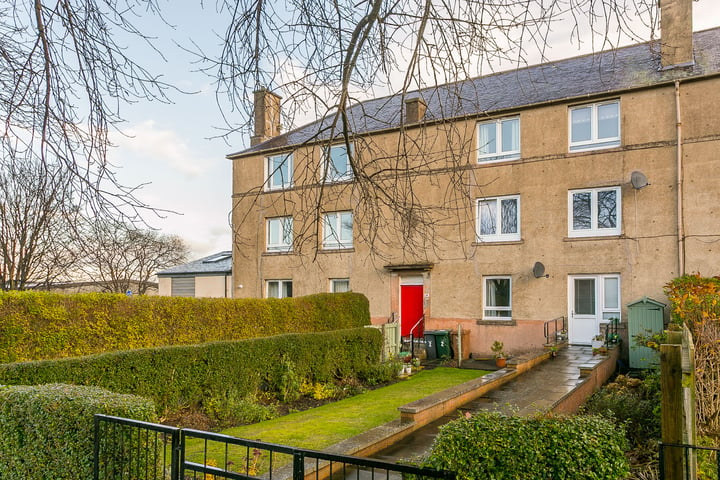
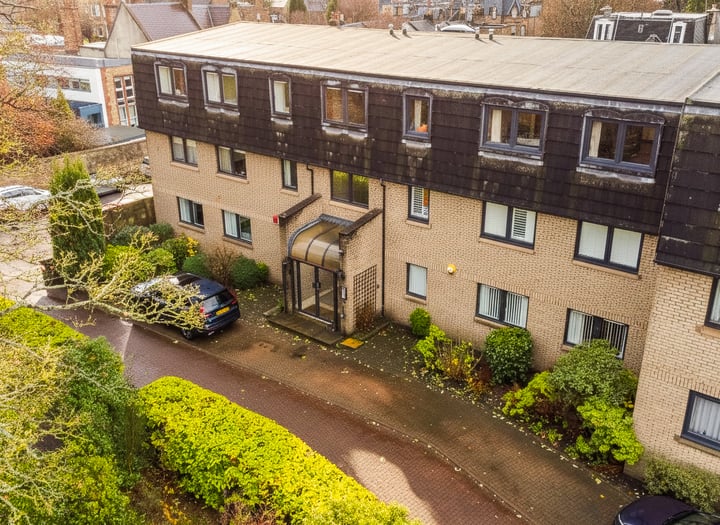
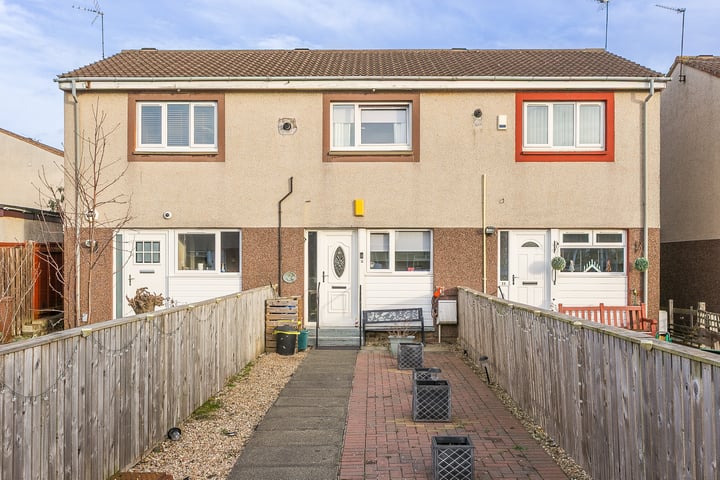

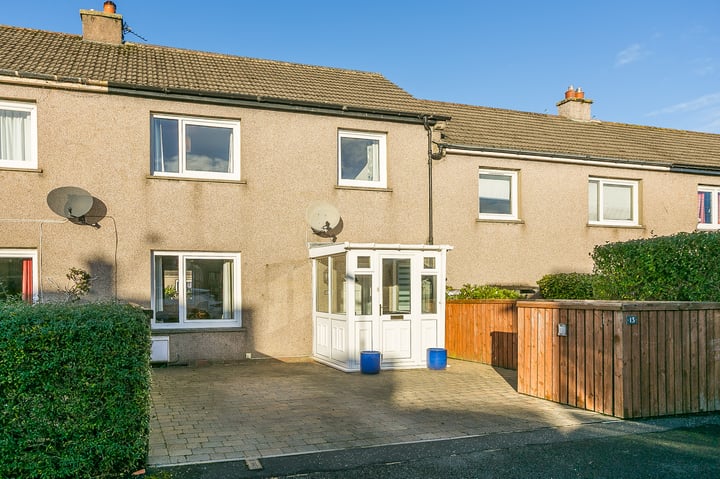
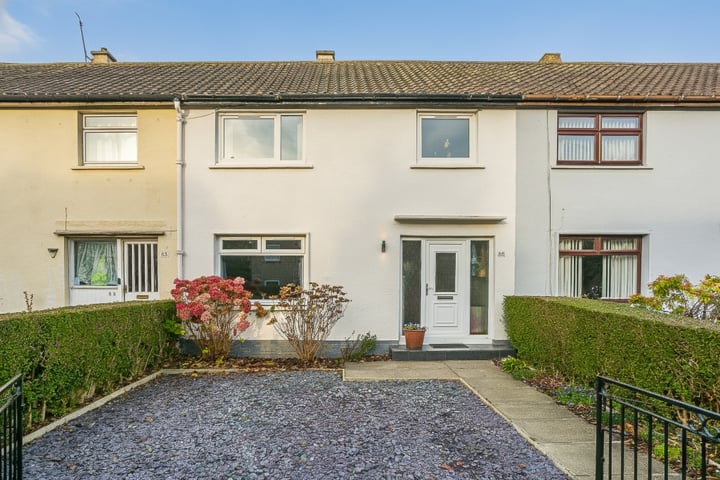
Leave a Reply